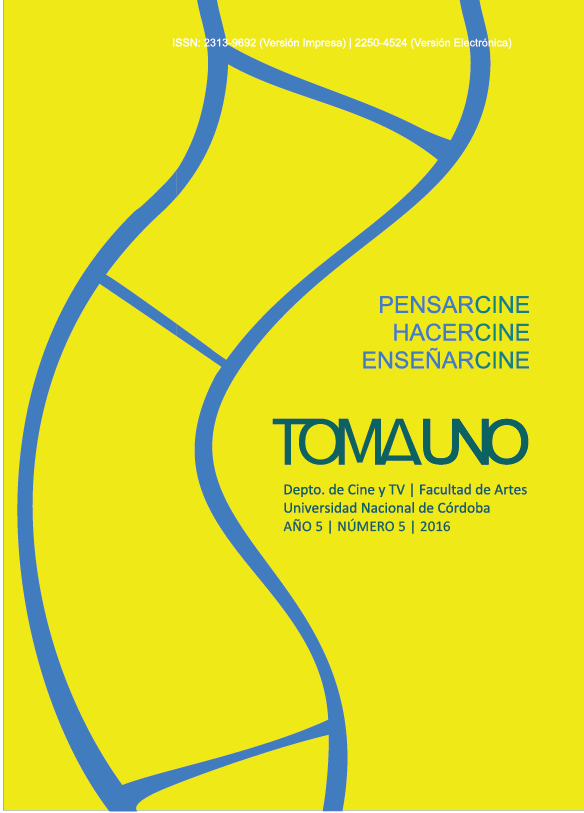Humanizing the prisoner in Carandiru ?s documentary inventory: Paulo Sacramento ?s Prisoner of the Iron Bars
DOI:
https://doi.org/10.55442/tomauno.n5.2016.17198Keywords:
Carandiru prison, Documentary, Textual analysis, Digital film, Brazilian Prison SystemAbstract
Paulo Sacramento's documentary Prisoner of the Iron Bars" (Self Portraits), 2003, is comprised of a series of portraits shot by prisoners, showing their shocking, arduous daily life in the "Carandiru complex" of Sao Paulo (Brazil). The film was shot as a result of a workshop on digital video, using small camcorders given to the prisoners. The documentary was shot over seven months in 2001, one year before the mythical, overcrowded prison - the biggest in Latin America - was decommissioned.
The textual analysis of this essay focuses on identity politics in the representation of prisoners, and the contradictions involving the coda which, in contrast to the rest of the film, shot by prisoners, was shot only by the professional crew.
Downloads
Downloads
Published
How to Cite
Issue
Section
License
This work is licensed under Creative Commons Attribution-NonCommercial-NoDerivs 2.5 Argentina .


































